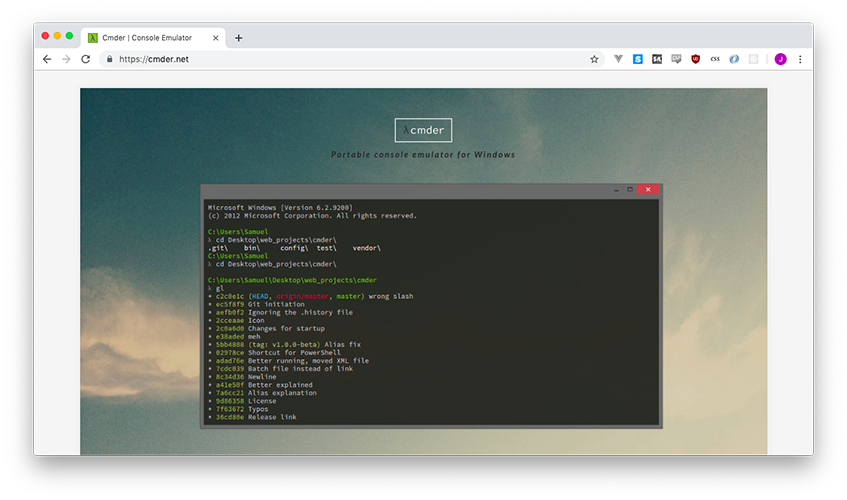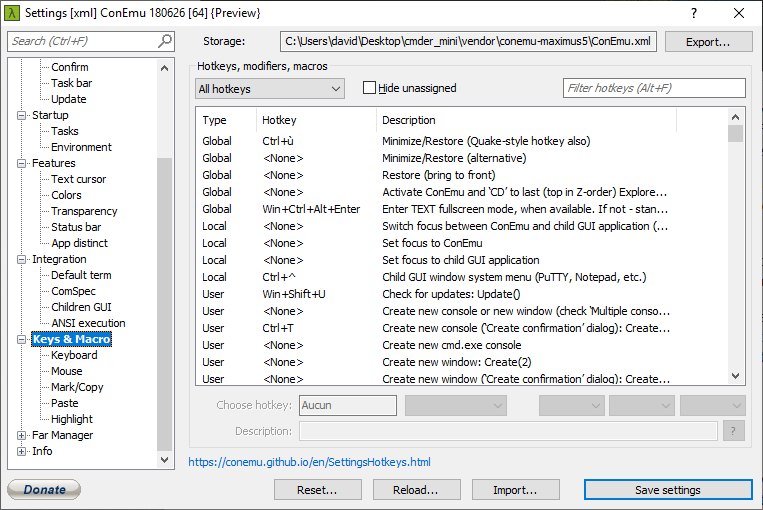

Press Alt+Right and Alt+Left to switch between active tabs. To close a tab, click on the Terminal toolbar or press Ctrl+F4.

It preserves tab names, the current working directory, and even the shell history. The Terminal saves tabs and sessions when you close the project or P圜harm. To run multiple sessions inside a tab, right-click the tab and select Split Right or Split Down in the context menu. To start a new session in a separate tab, click on the toolbar or press Ctrl+Shift+T. You can open the terminal as an editor tab: right-click the Terminal tool window header and select Move to Editor. This way the terminal will start with the directory corresponding to the selected item. Right-click a project item in the Project tool window and choose Open in terminal from the context menu. Open the Terminal tool windowįrom the main menu, select View | Tool Windows | Terminal or press Alt+F12. For information about changing the shell, see Terminal settings. Initially, the terminal emulator runs with your default system shell, but it supports many other shells, such as Windows PowerShell, Command Prompt cmd.exe, sh, bash, zsh, csh, and so on. Open the Installed tab, find the Terminal plugin, and select the checkbox next to the plugin name. Press Ctrl+Alt+S to open the IDE settings and select Plugins. If the relevant features aren't available, make sure that you didn't disable the plugin. This functionality relies on the Terminal plugin, which is bundled and enabled in P圜harm by default. Use it to run Git commands, set file permissions, and perform other command-line tasks without switching to a dedicated terminal application. It does not store any personal data.P圜harm includes an embedded terminal emulator for working with your command-line shell from inside the IDE. The cookie is set by the GDPR Cookie Consent plugin and is used to store whether or not user has consented to the use of cookies. The cookie is used to store the user consent for the cookies in the category "Performance". This cookie is set by GDPR Cookie Consent plugin. The cookie is used to store the user consent for the cookies in the category "Other. The cookies is used to store the user consent for the cookies in the category "Necessary". The cookie is set by GDPR cookie consent to record the user consent for the cookies in the category "Functional". The cookie is used to store the user consent for the cookies in the category "Analytics". These cookies ensure basic functionalities and security features of the website, anonymously.

Necessary cookies are absolutely essential for the website to function properly.


 0 kommentar(er)
0 kommentar(er)
